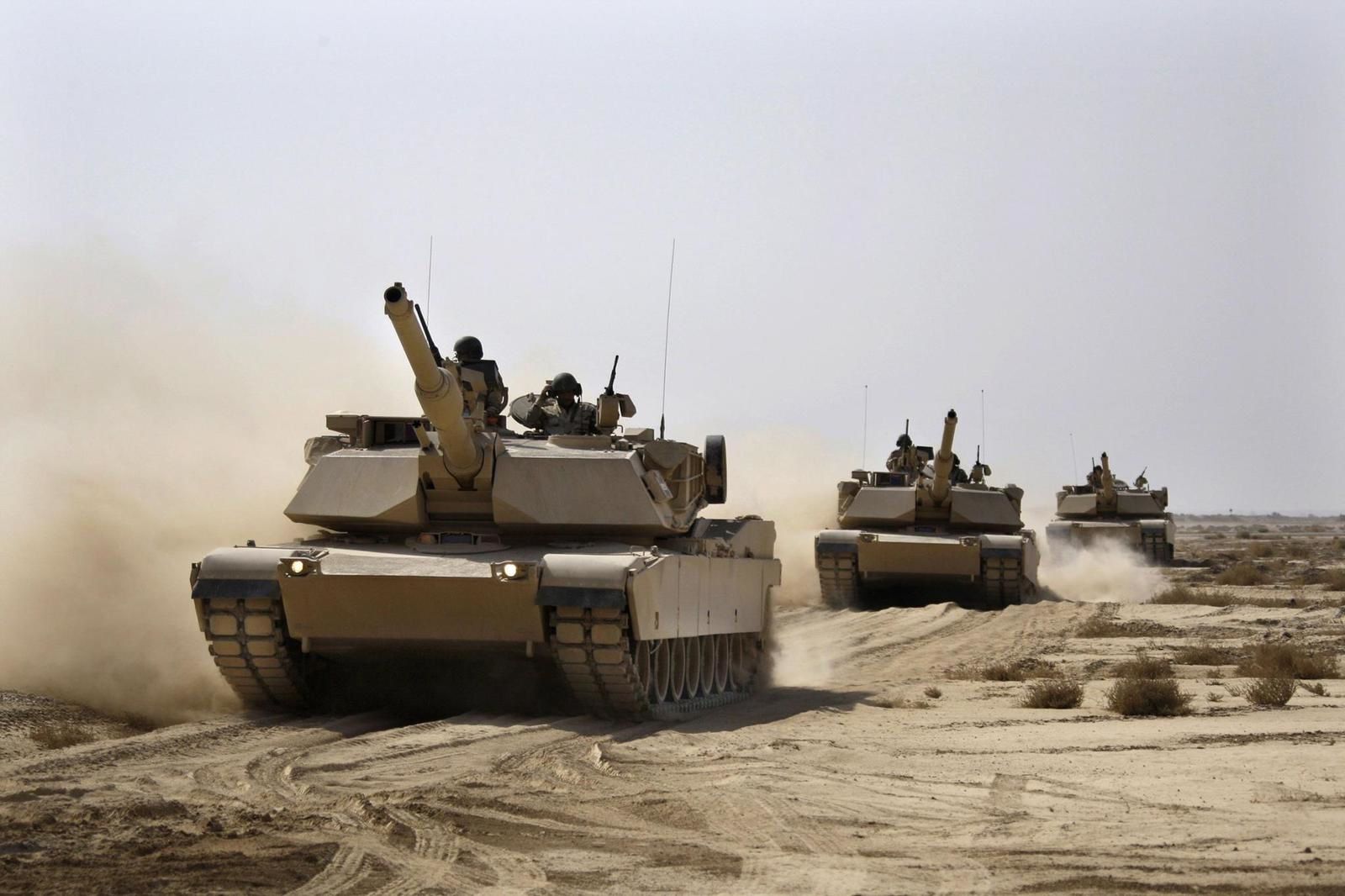February 12, 2015: Strategy Page
While the Iraqi government talks about retaking Mosul Kurdish forces have managed to surround the city on three sides and taken control of several key roads and bridges. At the moment the Kurds say they do not intend to try and capture the city itself. There are two reasons for that attitude. First, fighting inside the city against fanatic ISIL (Islamic State in Iraq and the Levant) defenders would cost the Kurds a lot of casualties. The Kurds, more than the Arabs, are sensitive about their casualties. Second, while many Kurds believe Mosul (and its nearby oil fields) should be Kurdish. Mosul was long the capital of the Turkish Mosul province which was considered part of the Turkish homeland even though it was largely Kurdish. After World War I the victorious allies took Mosul province away from Turkey and used it to form Iraq (combining it with former Turkish possessions Baghdad, Anbar and largely Shia Basra provinces). Most Kurds and many Arabs are willing to let the Kurds keep nearby Kirkuk (and its many oil wells) as a reward for their aid in defeating ISIL. Kirkuk is a smaller city and always had more of a Kurdish majority.
But Mosul is seen as a bit much, especially if the Arab government in Baghdad decides that the Kurds deserve nothing for their effort against ISIL and attempts are made to take Kirkuk back. The Kurds took control of Kirkuk in June 2014 after ISIL took Mosul and successfully defended Kirkuk against several major ISIL assaults. Meanwhile there was supposed to be a referendum in Kirkuk in 2007 to decide if it should become part of the Kurdish autonomous areas or remain “Arab”. Kirkuk is about 83 kilometers south of the current Kurdish capital Erbil and nearly 300 kilometers north of Baghdad. The Arab controlled national government kept delaying the referendum in Kirkuk because they thought they would lose. That’s because for over a decade Saddam Hussein had deliberately driven Kurds from Kirkuk and brought in poor Sunnis from the south the take the place (and homes) of the departed Kurds. After 2003 the displaced Kurds returned and there has been violence between Kurds and Arabs in Kirkuk ever since. Many of these recent Arab migrants left and Kirkuk is believed to be a majority Kurd city again. Most of the non-Kurds in Kirkuk would rather be ruled by the more efficient and less corrupt Kurdish government of the north than the Arab dominated national government. The Shia Arab government in Baghdad is not happy with the fact that it does not control the Kurdish north but despite the ISIL threat still stalls in giving the Kurds their share of oil revenue and foreign military aid. This has led more Western nations to send Kurds weapons directly (despite protests from the Iraqi Arabs) and are more sympathetic to allowing the Kurds to freely pump, ship and sell the oil on their territory (which, technically, the national government in Baghdad controls). In the past the Baghdad bureaucrats have used that legal status to block Kurdish attempts to sell their oil. Now more Western countries are willing to ignore the protests from Baghdad and do business with the Kurds in the north.
Meanwhile foreign military trainers and advisors are working hard to prepare the Iraqi security forces for the effort to liberate Mosul. This would be a major campaign and the current plan is to get it started around June. By then The Kurds will nearly have the city cut off from the surrounding countryside. The Arab Iraqi advance from the south would complete the siege and trigger a major response from ISIL. Iran, Western nations and Arab allies of Iraq have all agreed that the Battle of Mosul must be fought, at least on the ground, by Iraqi troops alone. So success depends on how well Iraq can shape up their ground forces in the next few months.
The Kurdish advance south has had other side effects. As Kurds and other minorities follow this advance to reclaim their homes they often seek revenge against Sunni Arab neighbors who collaborated with ISIL. Some of the neighbors had little choice (ISIL has a “collaborate or die” policy for fellow Sunnis) but still this has caused some ugly incidents and growing fear among Iraqi Sunnis that they will be made to pay for the ISIL atrocities. Another thing making Sunni Arabs uneasy is the growing number of incidents where some Shia militias slaughter Sunni Arab civilians when they recapture an area. Then there is the growing trend for minorities (especially Turks, Christians and Yazidis) to form armed self-defense militias. The government and its military advisors (at least the Western ones) believe some of these militias could be a problem after ISIL is defeated. Private armies have been a staple in this part of the world for thousands of years, but they are more of a problem when armed with modern weapons and Internet access.
While the Kurds have been moving towards Mosul ISIL keeps attacking targets around Kirkuk and trying to get suicide bombers into the three northern provinces the Kurds have ruled for over two decades. ISIL has not been very successful in that but has some more success using suicide bombers against Kurdish troops. Front line checkpoints are particularly vulnerable and drivers have learned to be very attentive and obedient when dealing the Kurdish troops manning these checkpoints. Shooting suicide vehicle bombers before they get too close is a matter of life or death and ISIL has been losing more and more of these suicide volunteers at checkpoints with nothing to show for it except more anger from Sunni Arab civilians because Sunni Arabs killed in these failed attacks on the Kurds. ISIL has had more success in using their suicide bombers against Sunni tribal leaders who have turned against them.
ISIL has, for the second time in a decade managed to turn the majority of Arabs against Sunni Islamic terrorists by committing an outrageous atrocity against Moslems. This time it was burning to death a Jordanian F-16 pilot, and then compounding that by keeping quiet about that for nearly a month as they lied to pro-Islamic terrorist Sunni Arab clerics negotiating with them for the release of a female al Qaeda suicide bomber captured in 2005 in Jordan and condemned to death (her suicide bomb failed to function and her husband, also wearing a bomb best, told he to flee while he set off his explosives and killed 35 Jordanians at a wedding). She was captured and confessed her guilt. When the Jordanians refused to do the deal without proof the Jordanian pilot was alive ISIL broke off negotiations, released the “burning alive” video and that was the final straw for most Arabs who were not happy with the growing number of Moslem civilians ISIL was murdering in outrageous ways (stoning, crucifixion, beheading and now burning alive). A decade ago the atrocity that did it was carried out at a wedding (and two other locations) in Jordan by al Qaeda in Iraq (what ISIL grew out of). After that bit of mass murder (over 60 dead) opinion polls showed Arab support for al Qaeda plunging everywhere. This was critical because then, as now, many if not most Arabs believe Al Qaeda and ISIL are Western inventions, created as an excuse for the West to attack Islam. This seems absurd to most Westerners, except for those that work in the Middle East and have to live with that attitude up close all the time. Conspiracy theories like this are much more popular in the Arab world than in the West and are a major, but little discussed problem encountered while trying to eliminate Islamic terrorism. This time Jordan, as it did in 2005, got really, really angry and make a much more vigorous effort against ISIL (including executing the female suicide bomber ISIL wanted set free). This was the same pattern seen in 2005 and will have the same end result (another defeat for Islamic terrorism but not the elimination of the attitudes that keep it coming back.)
Iraqi leaders keep pressing the United States and the other nations supplying air support to do more in the fight against ISIL. The Iraqis are particularly upset at the disproportionate number of air strikes provided to the Kurds defending the Syrian town of Kobane and are not pleased when they are told the reasons why. The Kurds get more air support because they are better and more dependable soldiers (despite the fact that most of them are part-time militia). Most of the Kurds at Kobane have been trained, often by American soldiers over the last two decades and that training stuck. Some of the Kurds at Kobane are recent volunteers with a few days or weeks of training but they have the same attitudes. The Kurds will follow orders and their officers, who were also trained, usually by Americans, are dependable and, unlike their Iraqi Arab counterparts, not corrupt and prone to run away when things get rough. Because of the greater effectiveness and reliability of the Kurds the U.S. trusts them to look after American air control teams sent to work with them, or to provide accurate and reliable information to warplanes overhead when there are no air controllers available. Thus the Kurds provide more verifiable and justified targets for air strikes.
All this is in contrast to most Iraqi troops, and especially Iraqi officers. The Iraqi government now admits that corrupt officers and corruption in general was the cause of the Iraqi Army collapse in June 2014 that led to the loss of Mosul (and much of northern Iraq) to ISIL. The Iraqi leadership even admits now that cleaning out all the corrupt and inept officers is still underway and training new, more reliable officers, will take time. But too many of the Iraqi leaders still fail to understand that the sorry state of their officers is a very real and practical reason why Iraqi troops cannot get more air support. Moreover these same leaders will protest loudly is some of their inept officers are the reason why a smart bomb hits Iraqi soldiers or civilians. That sort of protest is expected and there is still a belief that the Americans have some kind of magical power they can unleash if pressured or persuaded enough.
ISIL was seemingly invincible and unstoppable in mid-2014. In July 2014 ISIL had recently taken control of Mosul (the largest city in northern Iraq) and was advancing on Baghdad, the Kurdish north and the capital of western Iraq (Anbar province). Similar gains were being made in Syria. All that has changed in the last few months. ISIL still holds the cities of Raqqa (the largest city in eastern Syria) and Mosul in Iraq. But both cities are increasingly rebellious and require a growing number of ISIL gunmen to maintain control. ISIL has become increasingly paranoid and vicious in their treatment of real or suspected “traitors.” Public executions are more common and these subjects of ISIL (including most Sunni Arabs) are not happy at all with ISIL rule. The paranoia even extends to ISIL leadership with the growing use of spies and informants to track daily activities of ISIL leaders and report any suspicious moves. This is driven by the growing fear that their enemies (especially anti-ISIL countries) have contacted some ISIL leaders (or other key people) and turned them into spies. This would account for the increasingly frequent air attacks against ISIL leaders and key facilities.
What is not imaginary is the fact that ISIL is in retreat in Iraq and Syria. Sunni tribes in Anbar and western Syria are in open revolt and subject to increasingly savage reprisals by ISIL gunmen (often foreigners, which makes the tribesmen angrier). Half the ISIL leadership has been killed by coalition (Arab, NATO and allied) warplanes since August 2014. This air support and Iraqi soldiers, Kurdish troops, Shia militias and armed Sunni tribesmen have taken back much of the territory ISIL overran in early 2014. American and other Western troops are rebuilding the Iraqi Army and arming anti-ISIL Sunni tribesmen. Iran is training and sometimes leading Shia militias. In Syria ISIL is getting beaten by Kurds, Syrian soldiers and more Iranian trained Shia militias.
February 11, 2015: Iran announced it would begin training Iraqi Army officers, a task the United States and NATO previously had a monopoly on.
February 9, 2015: The United States is building a new base in the Kurdish north to house logistical, maintenance and other support activities for NATO troops and aircraft operating out of the Kurdish controlled north. This new base was not given any publicity but it was difficult not to note all the construction and the men working on the base knew what it was for.
February 8, 2015: The government has lifted the midnight to 5 AM curfew that has been in force in Baghdad since 2003.
The UAE (United Arab Emirates) resumed air attacks against ISIL after halting them until the United States increased its SAR (Search And Rescue) forces in the area (especially basing a unit in northern Iraq). The UAE saw the December 24th capture of a Jordanian pilot as largely due to insufficient SAR forces being available to rescue him. The American SAR units contain commando type rescue personnel and support specialists who can quickly direct combat aircraft to where the downed pilot is in order to keep hostile troops away. It is still unclear if a more vigorous SAR response would have prevented the capture of the Jordanian pilot, but the UAE believed it would and the U.S. had to respond to get UAE warplanes back in the air over Iraq and Syria.
February 7, 2015: Five ISIL bombs went off in Baghdad leaving 37 dead. This was apparently the ISIL response to government plans to life the curfew. Most of the bombing victims were Shia.
February 5, 2015: Jordanian media gave lots of coverage to a larger and more vigorous bombing campaign against ISIL targets in Syria and Iraq.
February 4, 2015: Jordan executed two Islamic terrorists who had been convicted and condemned to death. This was part of the response to ISIL murdering a captured Jordanian F-16 pilot. Jordan says it will execute more convicted and condemned Islamic terrorists (who were not killed because many Arabs still saw these killers as heroes).
February 3, 2015: ISIL released a video (via the Internet) of the killing of a captured Jordanian pilot by burning him alive. This killing apparently took place on January 3rd. The pilot was captured on December 24th after his F-16 crashed because of equipment failure. The pilot parachuted to the ground safely but he was in ISIL territory and was soon captured. Jordan immediately opened negotiations with ISIL to get the pilot back and it was believed that these talks would succeed. But ISIL leadership was under tremendous internal pressure to “strike back” against the nations that were killing so many (apparently thousands) of ISIL members with these air attacks. The pilot was beaten a lot and paraded around in the week after his capture but at least one unsuccessful commando raid to rescue him apparently persuaded ISIL to kill the pilot in a spectacular way and video the act. The video was not released right away because it appeared Jordan was willing to release some convicted Islamic terrorists that ISIL wanted in return for the now dead pilot. ISIL was unable to scam the Jordanians and thus released the burning alive video.
In Mosul ISIL blew up a historic al-Tahra church in the center of the city. There are several ancient (over 1,500 years old) Christian churches in Mosul that are apparently on a list of “un-Islamic” things to be destroyed. This includes taking all non-Arabic books from libraries and burning them.
February 1, 2015: Japan vowed revenge against ISIL after the release of the video showing ISIL beheading the second of two Japanese ISIL held. ISIL had demanded $200 million ransom for the two men.
January 29, 2015: In the north the head of a Yazidi militia has called on Israel to provide weapons and training so the Yazidi and Israel can better fight their common enemy ISIL. Many Moslems, and some Christians, consider the Yazidi pagans and devil worshipers. The Yazidi are Kurds who practice a pre-Christian religion related to the pre-Islamic Zoroastrian religion common in Iran (and now only found in India). The Yazidis are considered pagans by ISIL and to Moslems pagans must either renounce their beliefs or die. Israel is always willing to work with persecuted religious minorities, who can often provide useful information and other services in return. This puts these minorities in more danger in the Middle East, but that has always been the case because Islam is one of the most violently intolerant religions on the planet and has been that way from the beginning. Israel has worked with the Kurds for decades, but keeps this cooperation quiet in order to placate the Arab Moslems (Kurds are mostly Sunni Moslem). Israel has also quietly sent aid to other persecuted minorities in Iraq. Some believe this is in memory of past help these minorities provided to get Jews out of Iraq (where their families had lived for thousands of years) in the 1940s and 50s. Whatever the case, if Israel arms the Yazidis they won’t issue press releases or leave any evidence that they did it.
January 26, 2015: The government announced that after months of hard fighting they had finally expelled all ISIL forces from Diyala province. Located north of Baghdad Diyala has long been home to a lot of Sunni Arabs, including many who supported Saddam Hussein and Islamic terrorism. But the locals there quickly became disenchanted with ISIL and aided the largely Shia soldiers and militiamen who came in to drive ISIL out.
January 24, 2015: Near Mosul an American UAV used missiles to kill several key ISIL personnel travelling together in a vehicle. One of the victims was the much-wanted Saddam era chemical weapons expert who had joined ISIL. The death of this man is expected to derail or delay ISIL efforts to build some chemical weapons.














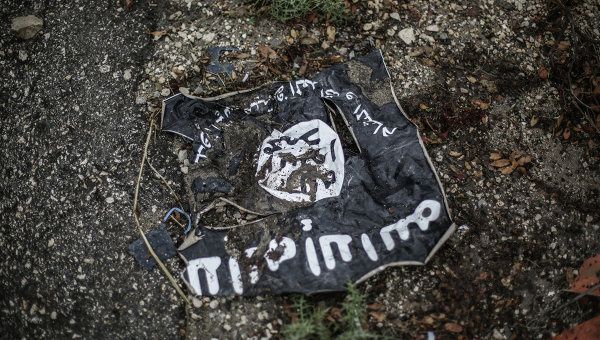
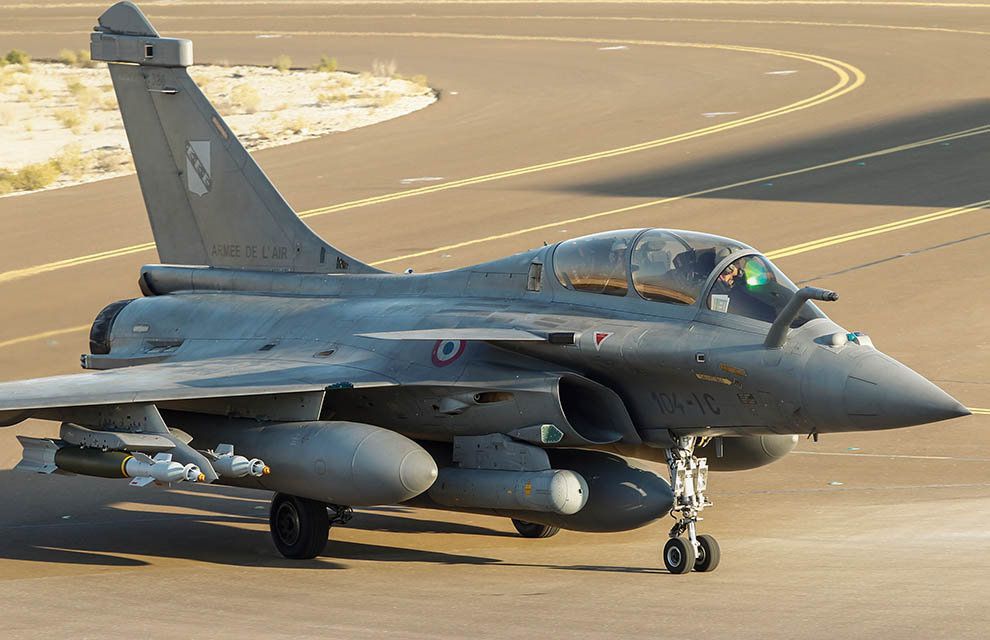
/image%2F0547456%2F20150213%2Fob_b90bb3_2015-ajod-021-001-0004.jpg)
/image%2F0547456%2F20150213%2Fob_fed0e7_2015-ajod-034-001-0011.jpg)



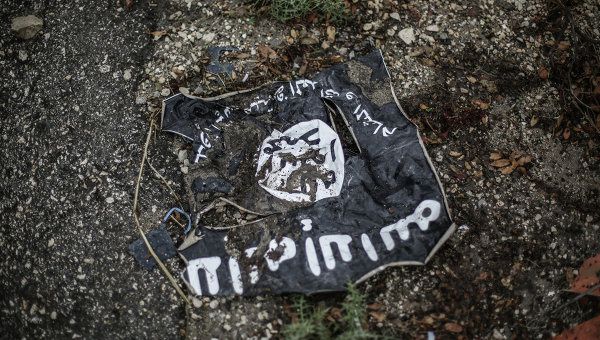









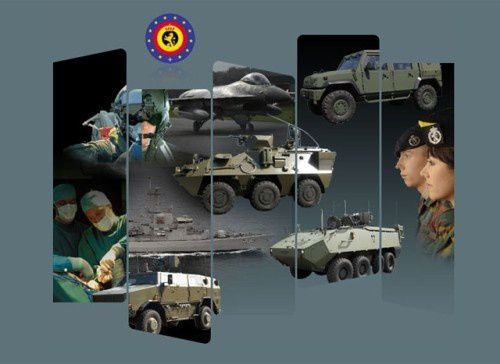




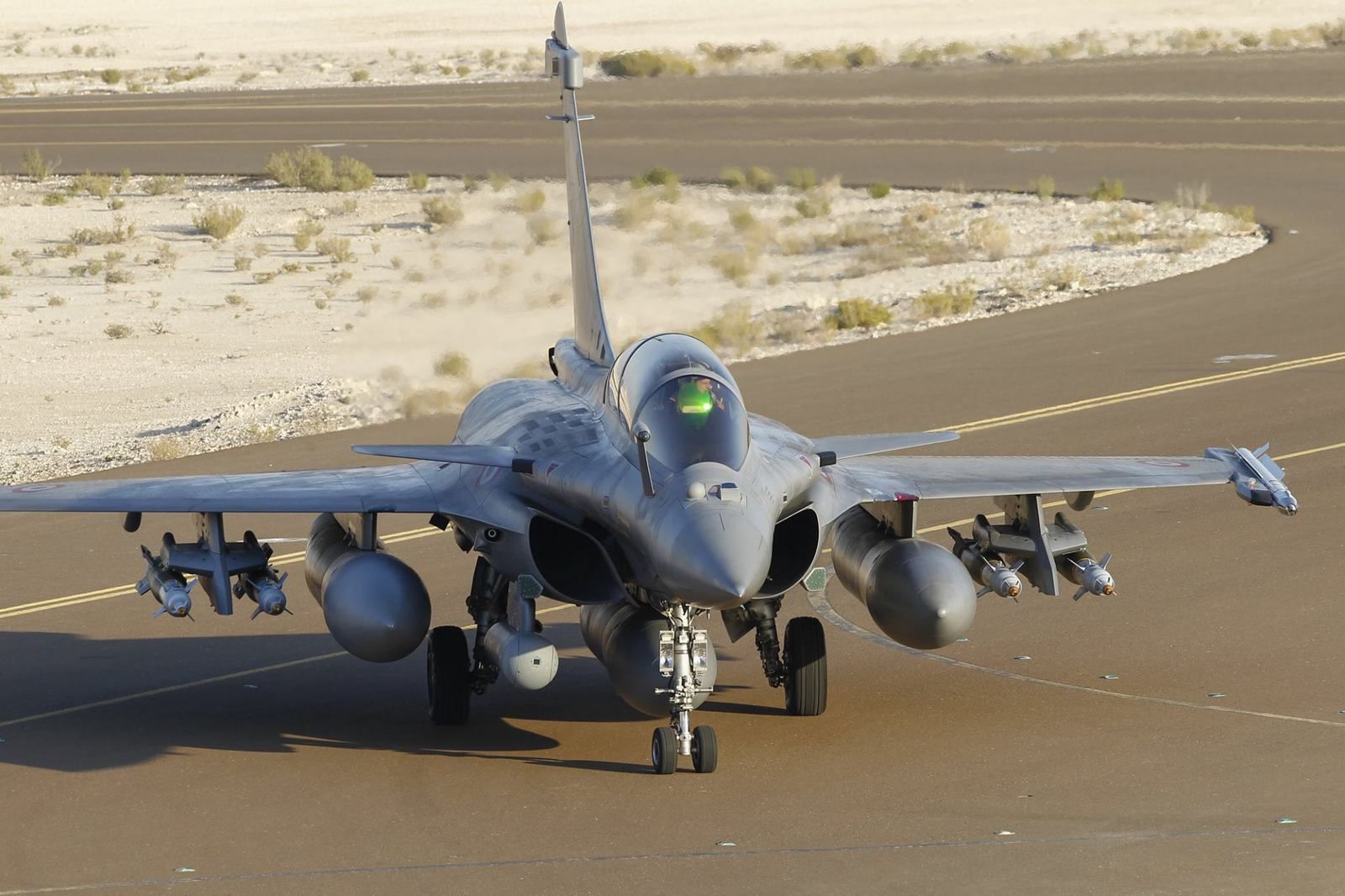


/image%2F0547456%2F20150205%2Fob_5779b8_2015-acda-004-007-131.jpg)
/image%2F0547456%2F20150205%2Fob_d67958_2015-acda-004-011-057.jpg)

